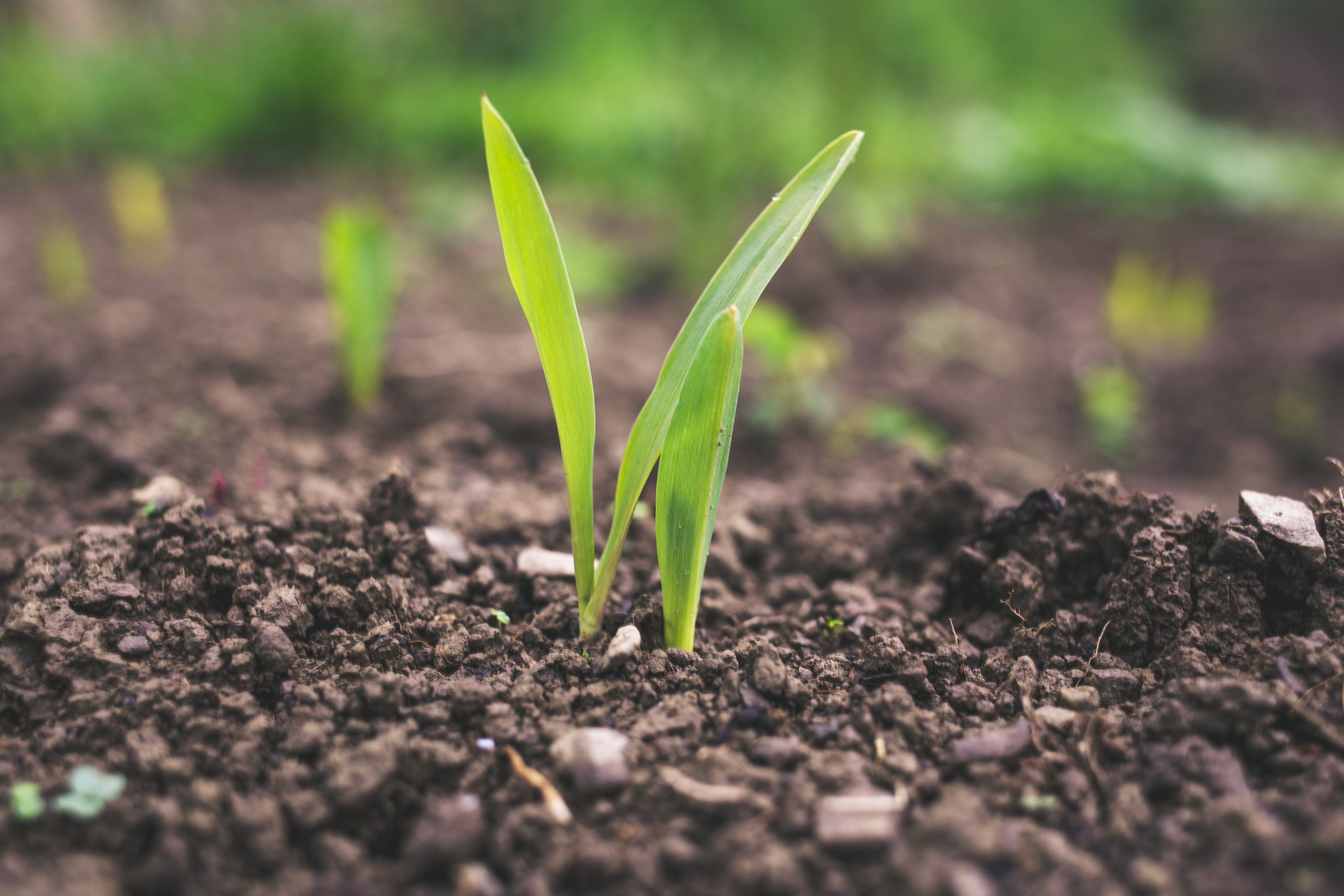A trade-off between plant and soil carbon storage under elevated CO2
Terrer et al. 2021 A recent study in Nature revealed that there’s a push and pull between sequestering of carbon dioxide by plants and soil in response to greenhouse gas emissions. Such a trade-off may mean that current climate models overestimate the removal of atmospheric CO₂ by forests. By analysing over 100 experiments that exposed […] July 28, 2021
Terrer et al. 2021
A recent study in Nature revealed that there’s a push and pull between sequestering of carbon dioxide by plants and soil in response to greenhouse gas emissions. Such a trade-off may mean that current climate models overestimate the removal of atmospheric CO₂ by forests.
By analysing over 100 experiments that exposed different habitats to elevated CO₂ levels, such as temperate forests, grasslands, shrublands and agricultural land, the study found that the amount of carbon stored in soil was inversely correlated with plant growth. The study also found that grasslands, croplands and shrublands were better able to accumulate carbon in their soils than forests. Rising CO₂ levels caused grasslands to increase their soil carbon by about 8% and plant biomass by 9%, while it was found that forests didn’t increase their soil carbon but did see a 23% increase in plant biomass.
The interaction of plants with symbiotic fungi was interpreted as the likely cause of the inverse relationship between carbon storage and plant growth, with forest and plant fungi differing in growth patterns. Forest trees tend to have symbiotic relationships with ectomycorrhizal fungi, while grasses are more likely to team up with arbuscular mycorrhizal fungi. Ectomycorrhizal fungi form a sheath around the root tips and then send tendrils into soils to extract nutrients, whereas arbuscular mycorrhizal fungi grow into their roots rather than forming an outer sheath. The ectomycorrhizal fungi break down the organic matter, increasing the rate of decomposition and preventing carbon from building up as much as it would in grasslands, while grasses deploy more of their carbon to grow roots than trees do.
The findings indicate that as carbon dioxide increases, the relative amount of carbon stored by plants and soils will vary from one ecosystem to another, with grassland soils having more potential to absorb excess carbon.
Given that soils store vast amounts of carbon, on long time scales, it is vital to understand how soils will respond to increasing greenhouse gas emissions. Given that current ecosystem models do not reproduce the trade-off between plant and soil carbon storage, projections of soil organic carbon may need to be revised.
Find out more in the full Nature paper.
